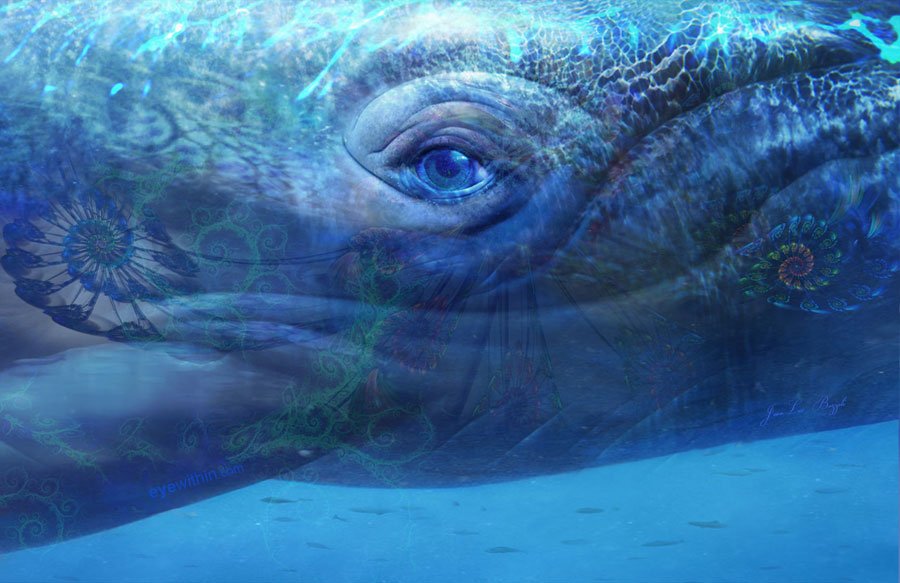A long time ago, in the Eocene, whales had four limbs and were walking the Earth. One of them, Pakicetus, was a big as a dog, lived on shores and it had a doggy tail and paws with claws. The debate still goes on regarding its fur, since hair doesn’t usually fossilize. Scientists look to find how these whales live.
Fossils
There are some fossilized whales in the Atacama Desert, in South America. Scientists laser-scan them to allow paleontologists to see how their skeletons are oriented and how to distinguish overlapped small facets of fragile bones. Then, museum collections provide bones for data-point rendering and when they are too fragile, the bones are analyzed on site, and then 3-D printers are put to good use.
Amazing animals
Those huge whales are comprised to into STL files, a thing that would be unimaginable in the 19th century, when we imagined whales to be monsters of the abyss. Right now, there are approximately 80 species of cetaceans swimming in the ocean but the seas are deep. Some scientists believe that there might be other species of whales that swim deep, ones which we didn’t yet see.
There are genetic analyses used in order to identify mysterious remains representing whale bones or tissue samples. Nick Pyenson is a paleontologist and curator at the Smithsonian and he sets out to explore 600 species of extinct whale species to gather information about eras from long ago. Then, it is believed, that whales inhabited our planet while occupying a wide range of niches, on both land and water.
There was a whale that looked like a combination between a leopard seal and a crocodile. It is now called Bassilosaurus and apparently, its bite force was so strong that, pound for pound, nothing alive could exceed it.
As our second lead editor, Anna C. Mackinno provides guidance on the stories Great Lakes Ledger reporters cover. She has been instrumental in making sure the content on the site is clear and accurate for our readers. If you see a particularly clever title, you can likely thank Anna. Anna received a BA and and MA from Fordham University.

